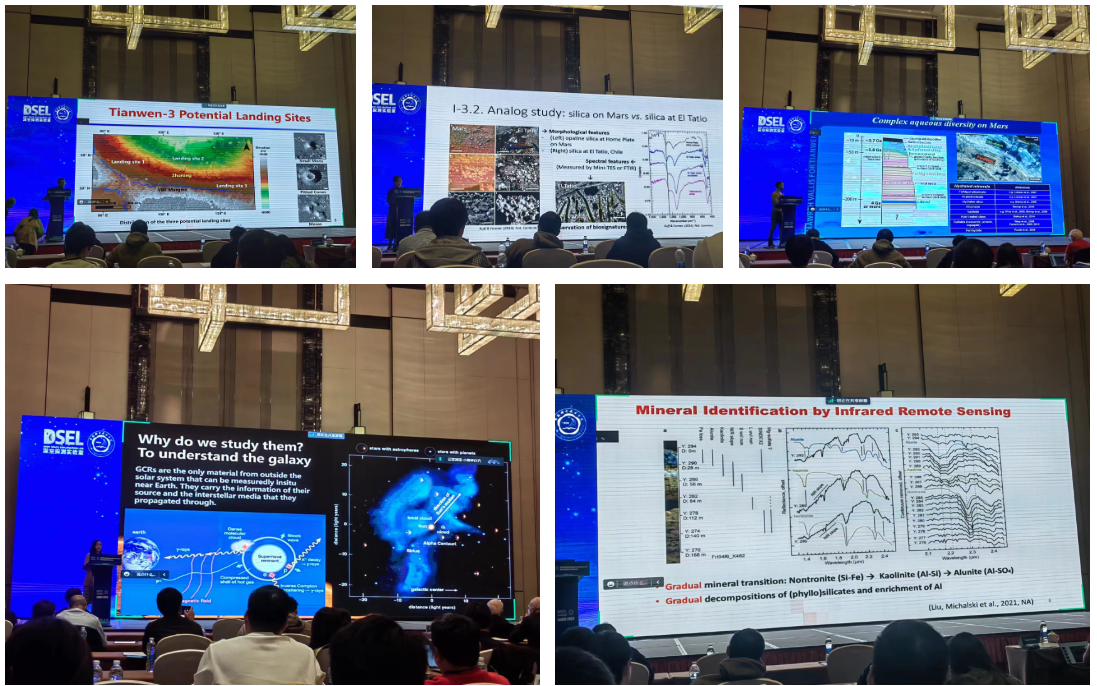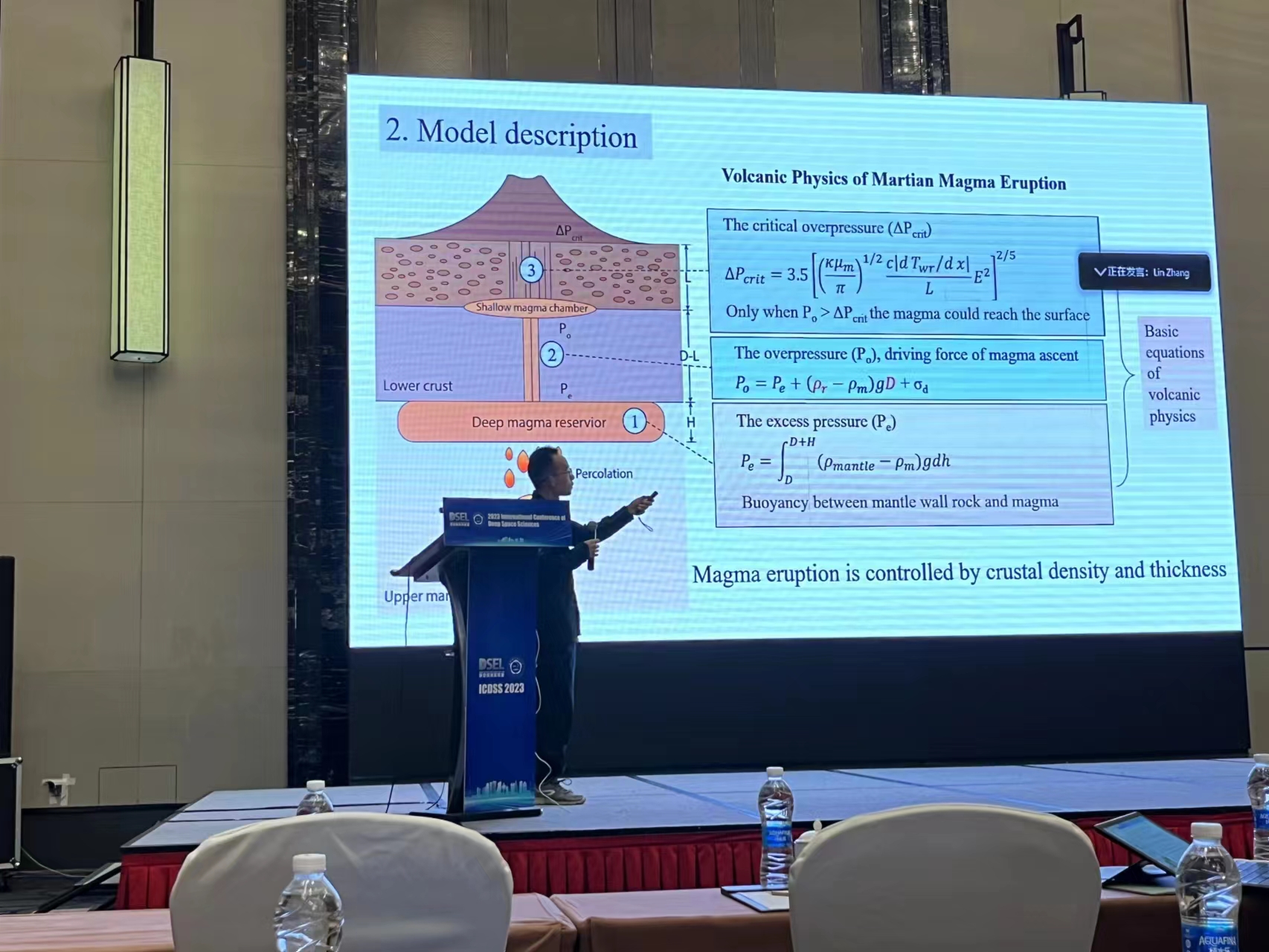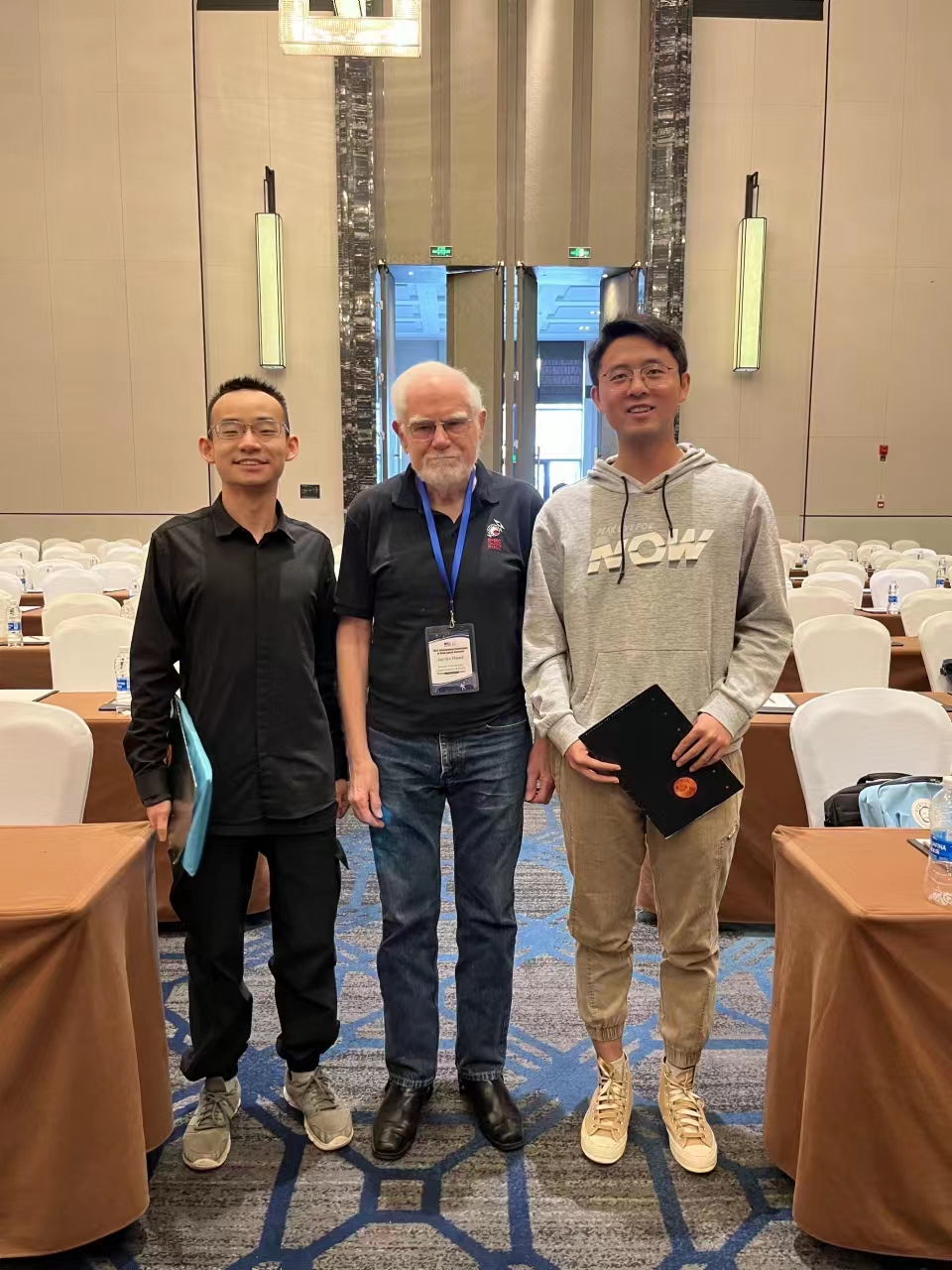The 1st International Conference of Deep Space Sciences 2023
Date:
The 1st International Conference of Deep Space Sciences has been held successfully in Hefei City, China, on 22-27 April 2023.
The conference attracted 860 registered participants and featured 15 parallel sessions, with more than 360 papers presented on topics such as planetary space environment and space physics, planetary interior structure and surface geology, exoplanets, and dark matter observation. The conference aimed to discuss major scientific issues and development strategies in international deep space exploration, as well as to discuss the site selection for China’s Mars exploration mission, Tianwen-3.

The scientific questions and site selection discussion for the Tianwen-3 Mars exploration mission was the most highly anticipated topic of the conference. The venue was full to capacity, with extra chairs added to accommodate the overflow of attendees. The overall scientific objectives for the mission were determined to be to collect high-value samples for return to Earth, explore Martian microorganisms and organic matter, clarify atmospheric circulation and escape processes, characterize Martian geological and internal structure characteristics, and reveal the habitability and evolutionary history of Earth-like planets. There were nine major scientific questions, including the characteristics, preservation ability, and significance of organic matter and other possible traces of life in various types of samples; the evolution of the Martian surface water environment; Martian atmospheric dust and water activities; solar wind and Martian atmospheric escape; the spatial temporal evolution of Martian water and volatiles; the material composition of the Martian crust and ancient mantle; the time distribution of Martian impact flux and geological tectonic activity; and the origin and early deep evolution of Martian samples and nuclear mantle. The landing sites discussed could be Nili Fossae, Oyama Crater, Syrtis Northeast, and others. It is expected that Tianwen-3 will be launched around 2030, which will bring many research opportunities for planetary science workers. To seize this opportunity firmly, research and demonstration work must be started immediately, focusing on major scientific issues and laying a solid foundation for deep participation in the Tianwen-3 mission.
I also gave a special report at the sub-venue. The report mainly described how I used the petrology and mineralogy of Martian nakhlites to model physical volcanology, thereby reconstructing the ejection site of the samples on Mars, as well as constraining the thickness and density of the Martian crust.

I was giving talks about Martian volcanic physics.
After the presentation, I communicated with Professor James W. Head. He is truly our role model in planetary science.

Left: me; Middle: James W. Head; Right: Xuanyu Deng

This is a photo of our research group at the conference. From left to right: me, Ao Su, Xuanyu Deng, Xi Huang, Chaokun Zhang
